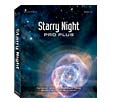Political "Science"
“Science, like any field of endeavor, relies on freedom of inquiry; and one of the hallmarks of that freedom is objectivity. Now more than ever, on issues ranging from climate change to AIDS research to genetic engineering to food additives, government relies on the impartial perspective of science for guidance.”These words actually came out of the mouth of President George H.W. Bush in 1990 and are sadly about as for from the actual science policy of the current administration as anyone could possibly imagine. Despite recent initiatives to expand science and technology education, a more genuine quote representative of the current administration's actual position was heard recently from the Whitehouse Spokesman, Scott Maclellan:
“This administration looks at the facts, and reviews the best available science based on what's right for the American people”This is a chilling reminder that though there is lip-service to expanding science and technology competitiveness, there is no true understanding of what constitutes real science, or how it should be applied in our society.
If you are inclined to listen to several of the most respected scientists in the US, a rather scary picture of consistently politicized decisions to neglect actual scientific results for "moral or religious" reasons emerges. But as my old grad school advisor at MIT, Tom Knight, used to say, "Scientific truth is what remains whether you believe in it or not." Were it to persist, the long term consequences to this nation of such negligent decision-making will be profound.
In the case of Stem cells, Dr. Shirley Tilghman and Dr. David Baltimore (Nobel price recipient) tell us that human reproductive cloning and therapeutic cloning to produce stem cells that might be used for research are completely different biological investigations and that a wholesale ban on cloning designed to stop efforts to produce the former would have dire consequences for important biological research on the latter in this country.
But the Bush administration fails to note the distinction, and moves forward with a blanket veto. The result is a massive wave of departure across the elite biology research community so that they may continue this leading avenue of investigation in other more rational countries. See here for other related resignations.
Combine this sort of lamentable policy work and its broad application across issues ranging from Global Warming, Aids and Condom use, Environmental Protection, and most importantly, financial support for key fundamental scientific research, and the result is a recipe for long-term economic ruin.
Let me close with a couple of my favorite quotes from the Union of Concerned Scientists' report. After all, how wrong could 5000 scientists, 48 Nobel Laureates, 62 National Medal of Science Winners, and 127 members of the National Academy of Sciences be?
"There is a well-established pattern of suppression and distortion of scientific findings by high-ranking Bush administration political appointees across numerous federal agencies. Those actions have consequences for human health, public safety, and community well-being."
"There is strong documentation of a wide-ranging effort to manipulate the government's scientific advisory system to prevent the appearance of advice that might run counter to the administration's political agenda."
"There is evidence that the administration often imposes restrictions on what the government scientists can say or write about "sensitive" topics"Is anyone surprised that there was absolutely no response by the administration to this report or several follow ups? To really warm the cockles of your heart, check out the Union of Concerned Scientists web site.
For a truly bone-chilling collection of evidence to support these concerns, check out Lawrence Kraus' page. There's enough there to get anyone going even if you don't share his political leanings. This Powerpoint presentation on scientific integrity in the current administration will give you some of the flavor.
I just feel dirty right now.
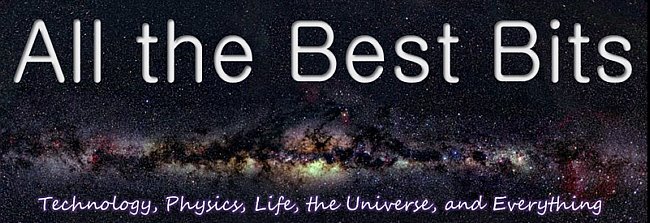








 My favorite is the "Astronomy Bed and Breakfast" called
My favorite is the "Astronomy Bed and Breakfast" called 




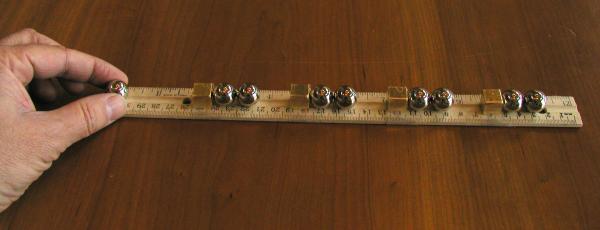
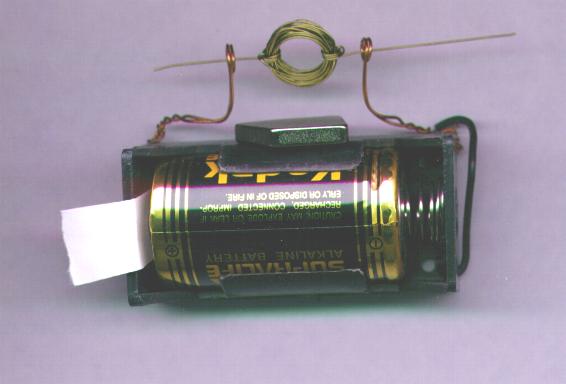
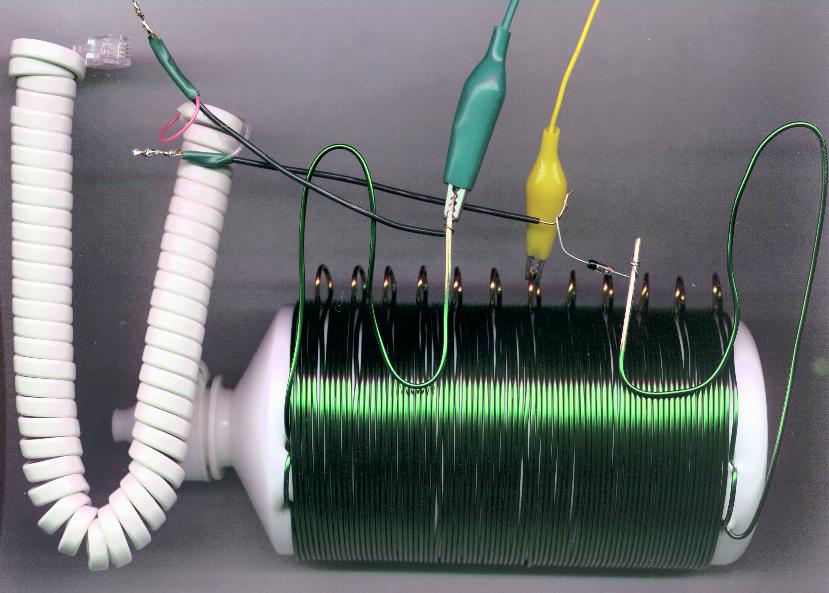
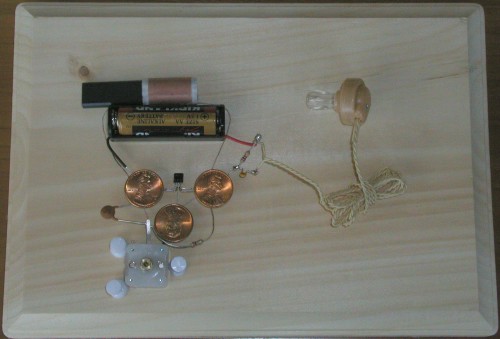


 One of my favorite sources of inspiration for this type of explorations was the monthly "Amature Scientist" column that used to be a regular feature of Scientific American. Despite their recent decision to eliminated that column, you can still find the whole archive and a whole set of new projects from the fellow who wrote the column for the last six years here at Dr. Shaw's web page entitled, "
One of my favorite sources of inspiration for this type of explorations was the monthly "Amature Scientist" column that used to be a regular feature of Scientific American. Despite their recent decision to eliminated that column, you can still find the whole archive and a whole set of new projects from the fellow who wrote the column for the last six years here at Dr. Shaw's web page entitled, "
 The area of the body impacting the ground in the instant when sensitive body parts strike is maximized in order to minimize the absolute force felt by any one part of the body.
The area of the body impacting the ground in the instant when sensitive body parts strike is maximized in order to minimize the absolute force felt by any one part of the body. (immediate) A nice airline-portable grab-and-go rig for our upcoming Maui vacation next week. Mainly for reasons of likely sand and child-induced wear, I ultimately settled on one of the William Optics Zenithstar 80 scopes. I considered some higher-end scopes but ultimately went portable and disposable, just in case.
(immediate) A nice airline-portable grab-and-go rig for our upcoming Maui vacation next week. Mainly for reasons of likely sand and child-induced wear, I ultimately settled on one of the William Optics Zenithstar 80 scopes. I considered some higher-end scopes but ultimately went portable and disposable, just in case.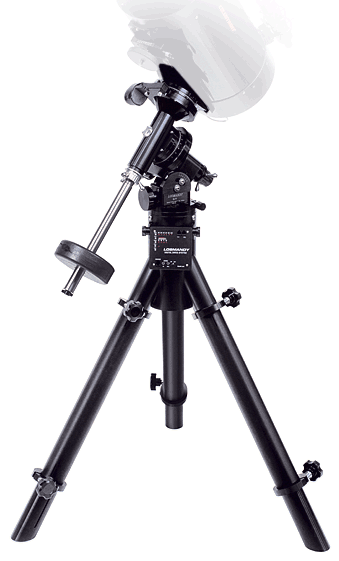 A not-so-portable high-end refractor on a stable and high-precision mount as a platform for medium to wide-field digital astrophotography. So Far I purchased a used Losmandy G11 mount and added the Gemini go-to system. Leading candidates for the initial scope are the new Takahashi TSA 102 APO, and the yet-to-be-seen William Optics TMB-designed Zenithstar 110 Triplet APO.
A not-so-portable high-end refractor on a stable and high-precision mount as a platform for medium to wide-field digital astrophotography. So Far I purchased a used Losmandy G11 mount and added the Gemini go-to system. Leading candidates for the initial scope are the new Takahashi TSA 102 APO, and the yet-to-be-seen William Optics TMB-designed Zenithstar 110 Triplet APO.
